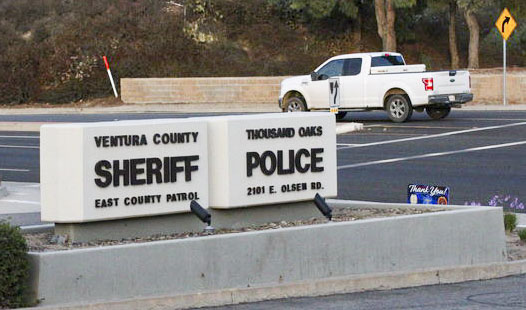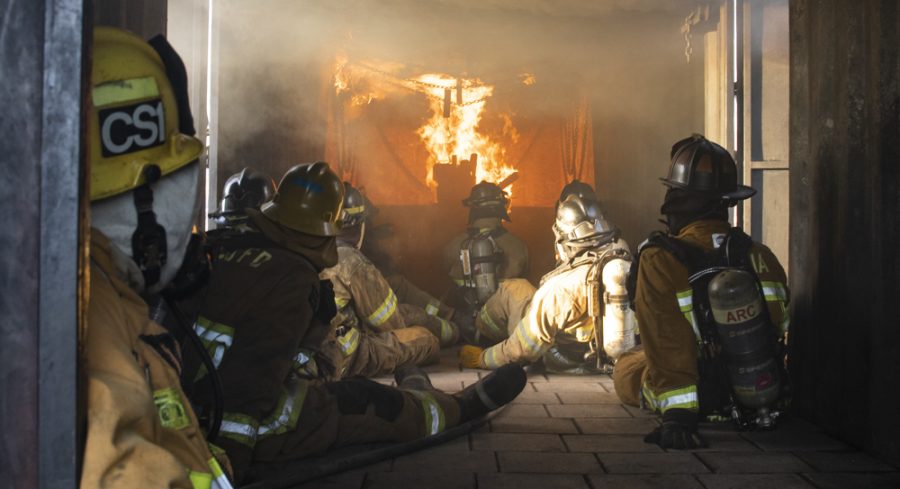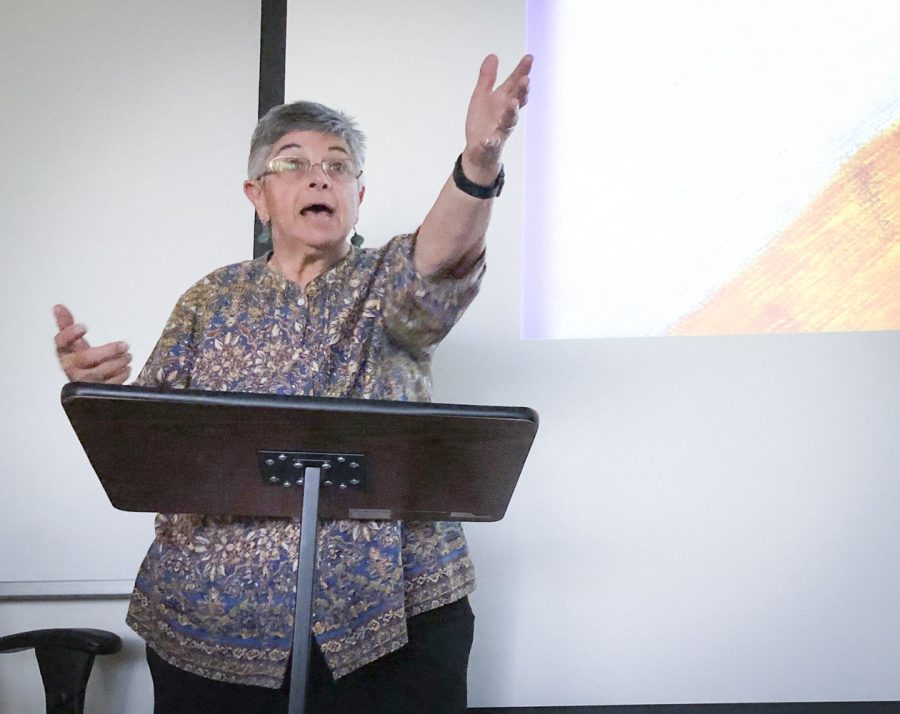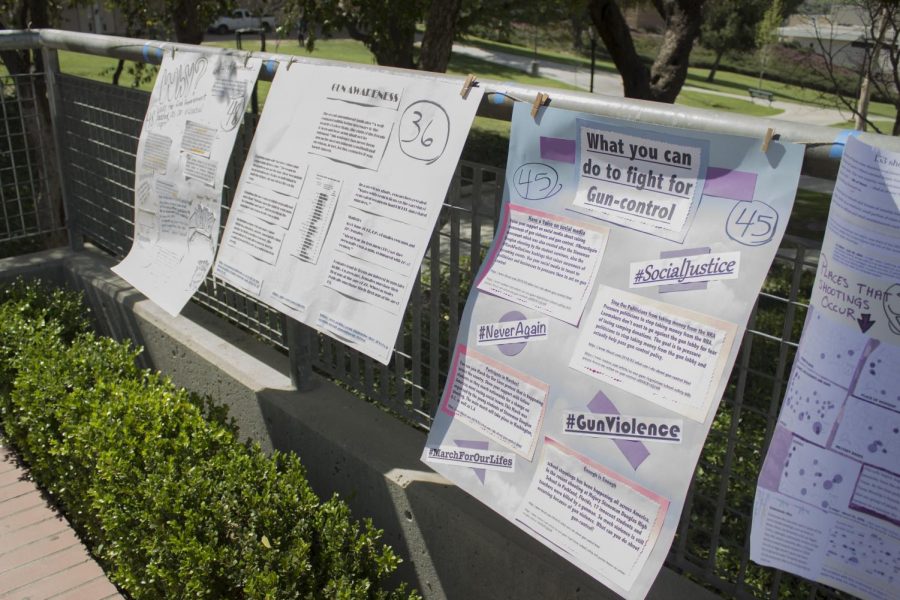On March 30, the discovery of a mammoth beneath a Moorpark housing development had city officials jumping for joy at the thought of being able to display the fossils in the city, specifically on the Moorpark College campus.
Usually, finds such as these would go on display at the Natural History Museum of Los Angeles, but because the Moorpark mammoth was found within city limits, the decision rests in the hands of the Ventura County Community College District Board of Trustees and the Ventura County Archaeological Society.
On Sept. 13 the VCCCD Board of Trustees and VCAS made the final decision of putting the mammoth’s reconstructed remains in the new library of the MC campus.
“Skulls don’t preserve well as fossils since they usually get crushed or break apart, so this was a rare find,” said Mark Roeder of Paleo-Environmental Associates, after collecting half of the mammoth’s skull, teeth, feet and limb bones.
Moorpark College students and faculty will soon welcome a 12 foot tall archidiskodon meridionalis, also known as the Southern Mammoth, wielding one 6 foot tusk and one 7 foot tusk, with 1.2 – 1.4 million years under his belt.
The carefully reconstructed fossil will allow students and faculty to imagine what the creature once looked like, and provide education on a mammoth’s daily life, from their diet to when and where they lived.
This discovery, along with a 75 million-year-old shell of a two-and-one-half-foot tall Ammonite shellfish, a Saber tooth tiger with tusks, a mammoth skeleton, multiple whale skeletons, and a miniature camel, found within 300 feet of each other, have contributed to a building momentum for opening county fossil museum.
“I think that it’s very important to our cultural identity, who we are, to learn about our past and see what once lay beneath the homes in which we now live,” said Mary Pat Hickson, marketing director for Cogstone Resource Management Inc






